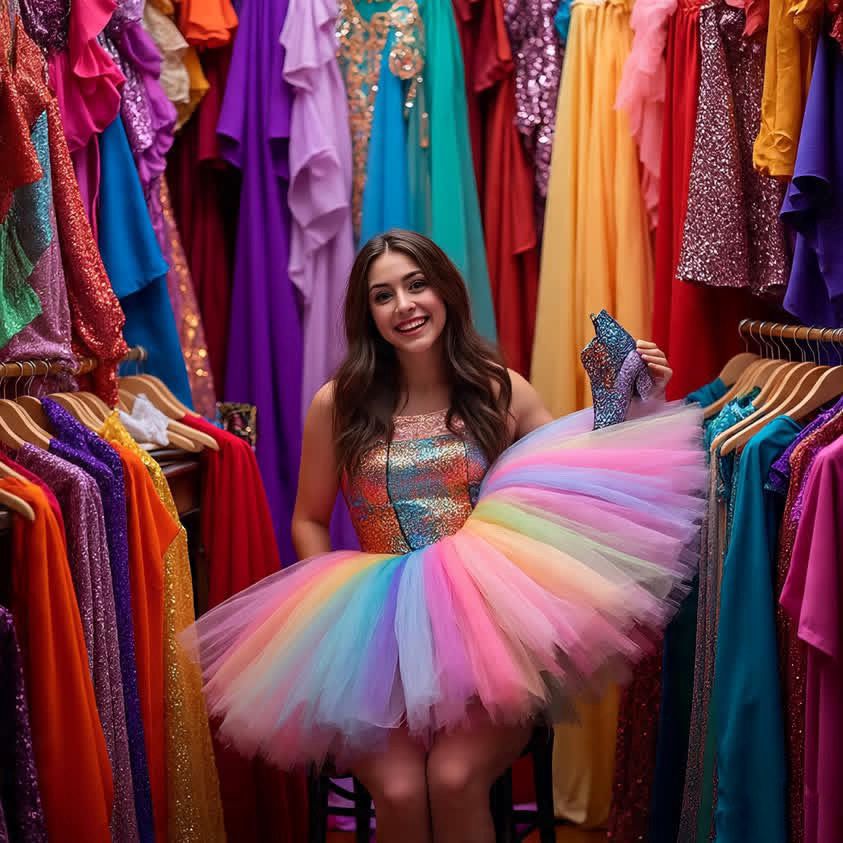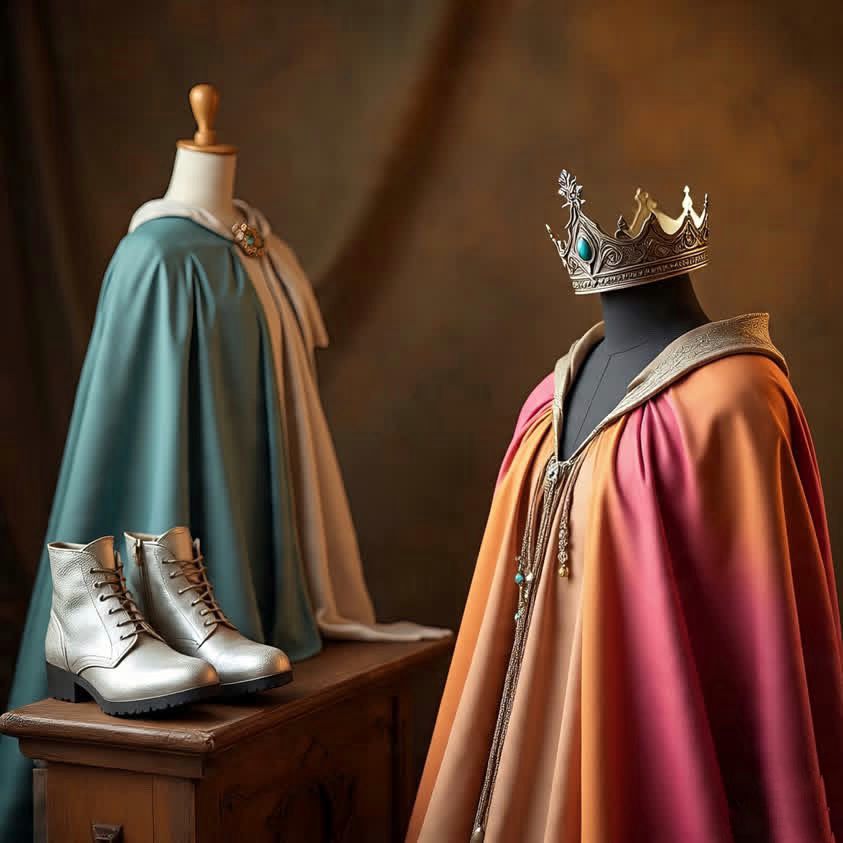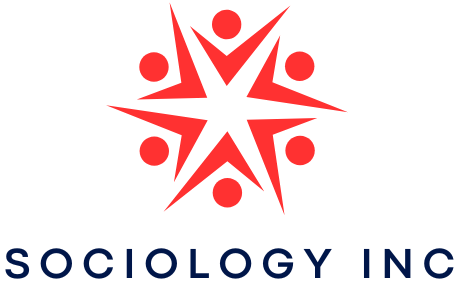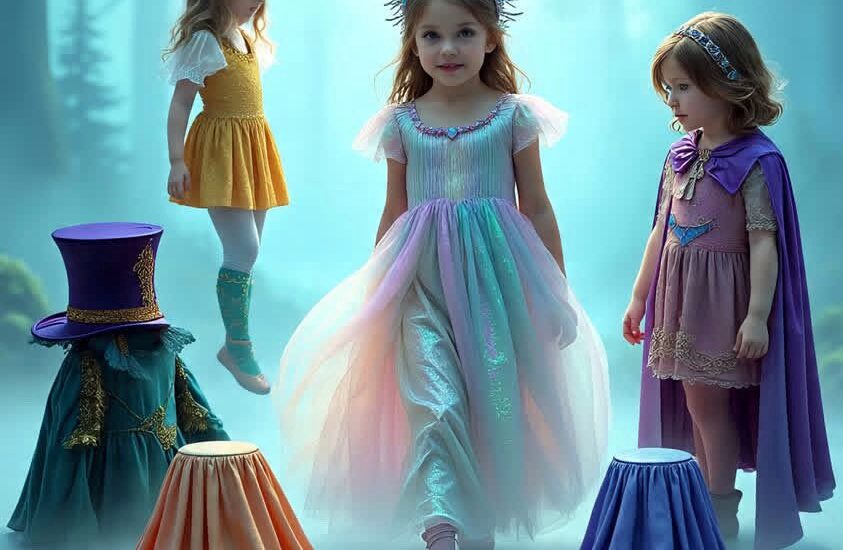I remember standing in a crowded street last October, surrounded by hundreds of people dressed as everything from zombats to political figures, when it hit me just how much Halloween resembles a social movement in miniature. We were all participating in something bigger than ourselves, following unwritten rules, expressing identities, and challenging everyday norms through our costumes and behavior. That night made me think about how the energy of Halloween actually mirrors the dynamics that fuel real social movements throughout history. Explore how Halloween’s collective participation, symbolic costumes, and community energy mirror the powerful dynamics that drive real social movements.
Social movements have always fascinated me because they represent those rare moments when ordinary people decide that the status quo is no longer acceptable. We see communities organizing around shared grievances, collective identities forming almost overnight, and suddenly what seemed impossible becomes inevitable. The civil rights movement, environmental activism, and modern digital campaigns all share this fundamental characteristic of people coming together to demand change. But what does this have to do with a holiday centered around candy and costumes?
Halloween operates on similar mechanisms of collective participation and symbolic expression. Think about how the holiday spreads through communities each year. Nobody mandates participation, yet millions choose to engage. Parents coordinate neighborhood trick-or-treating routes, teenagers organize costume contests, and entire towns transform their public spaces. This voluntary mass participation echoes how social movements gain momentum when individuals see others joining and feel compelled to participate themselves.

The costume element particularly intrigues me when I consider movement dynamics. When you put on a Halloween costume, you are temporarily adopting a different identity, stepping outside your normal social role. Social movements function similarly by offering participants new collective identities that supersede their individual ones. A person stops being just themselves and becomes part of something larger, whether that identity is environmentalist, activist, or reformer. Halloween costumes give us permission to be whoever we want for one night, just as movements give people permission to imagine society could be fundamentally different.
I have noticed that both Halloween and social movements thrive on visibility and spectacle. Movements throughout history have understood that capturing public attention requires dramatic displays. Marches, sit-ins, and protests all use visual impact to spread their message and recruit supporters. Halloween operates on this same principle of public performance. We do not celebrate it privately in our homes but rather take to the streets, making our participation visible to neighbors and strangers. This visibility creates a sense of legitimacy and momentum that encourages others to join.
The question of who participates and why reveals another parallel. Social movements typically emerge when people feel a sense of injustice or disconnection from existing institutions. Halloween offers a kind of sanctioned rebellion against everyday propriety. For one night, adults can act like children, strangers can knock on doors, and normal rules about acceptable public behavior get suspended. Movements similarly create spaces where participants feel freed from constraining social norms, allowing them to express dissatisfaction and imagine alternatives.

Timing matters enormously in both contexts. Social movements often crystallize around specific moments when conditions become ripe for collective action. A single incident can spark widespread mobilization if the underlying tensions already exist. Halloween has its fixed date, but the intensity of celebration varies based on broader cultural currents. I have watched certain years when the holiday felt more charged, more political, more meaningful because of what was happening in society. Costume choices reflect current events, anxieties, and cultural conversations in ways that would make any movement organizer recognize the power of symbolic expression.
Networks drive both phenomena forward. Social movements spread through existing relationships as people recruit friends, family, and colleagues to the cause. Halloween similarly travels through social networks as children pressure parents to participate, friends coordinate group costumes, and communities establish traditions. These interpersonal connections provide the infrastructure that transforms individual interest into collective action. Without them, neither movements nor Halloween would achieve critical mass.
Resources and organization play crucial roles too. Movements require funding, leadership, and coordination to sustain themselves beyond initial enthusiasm. Halloween has become a massive commercial enterprise with entire industries supporting participation through costume sales, decoration production, and candy manufacturing. Both require infrastructure to maintain momentum year after year. The difference lies primarily in purpose rather than mechanics.
Reference
Della Porta, D., & Diani, M. (2020). Social movements: An introduction (3rd ed.). Wiley-Blackwell.
McAdam, D. (1982). Political process and the development of Black insurgency, 1930-1970. University of Chicago Press.
Snow, D. A., & Benford, R. D. (1988). Ideology, frame resonance, and participant mobilization. International Social Movement Research, 1(1), 197–217.

